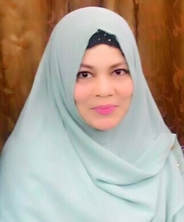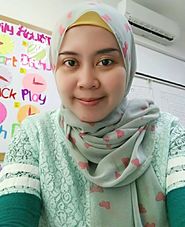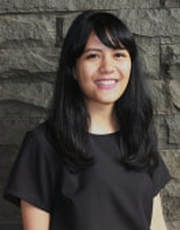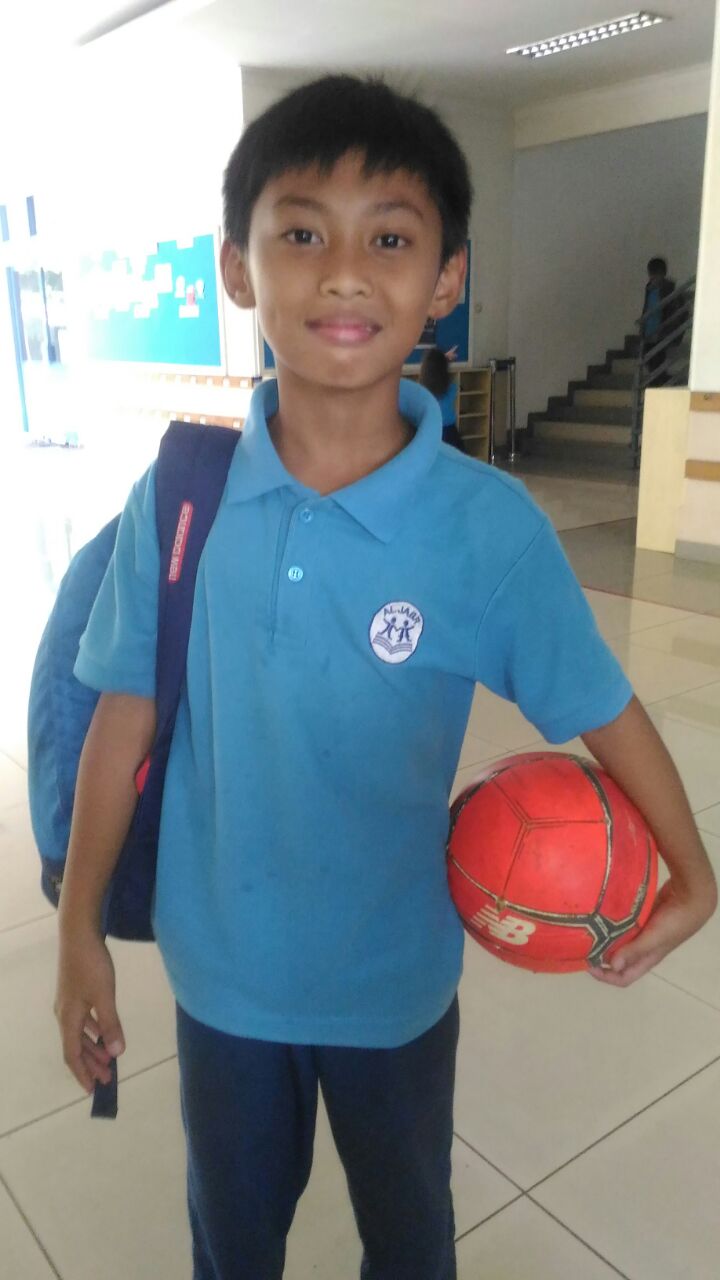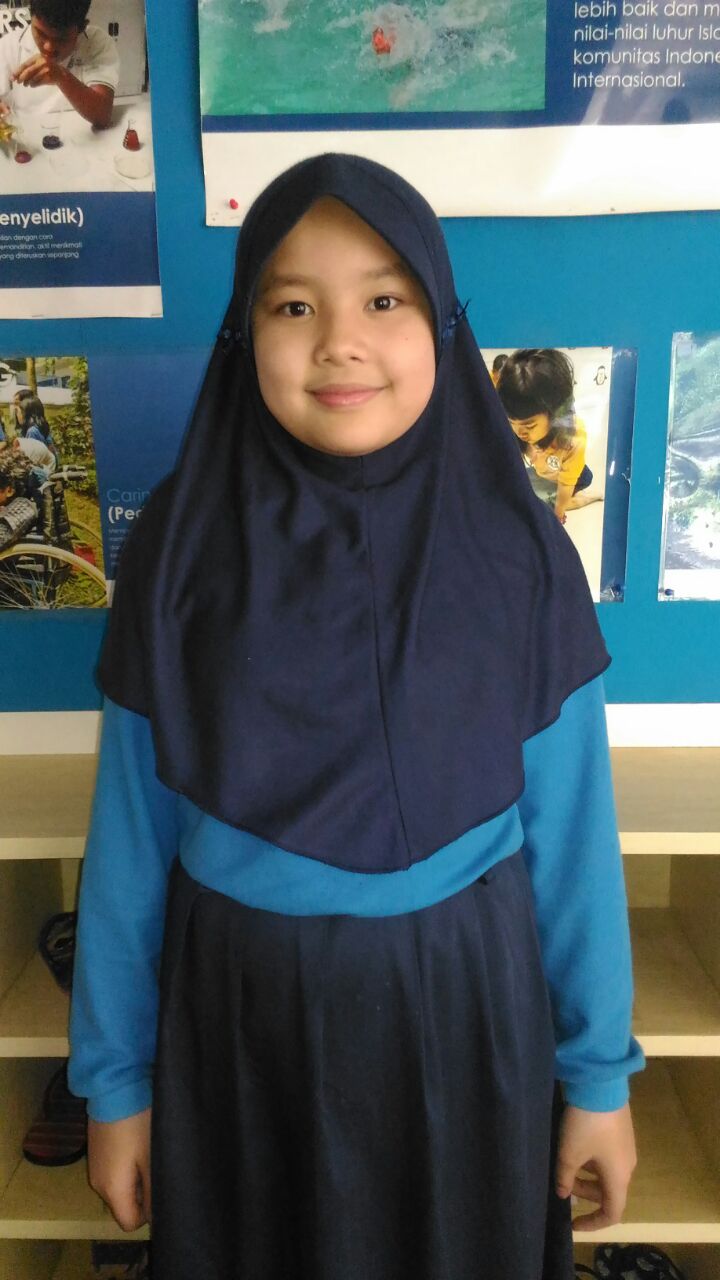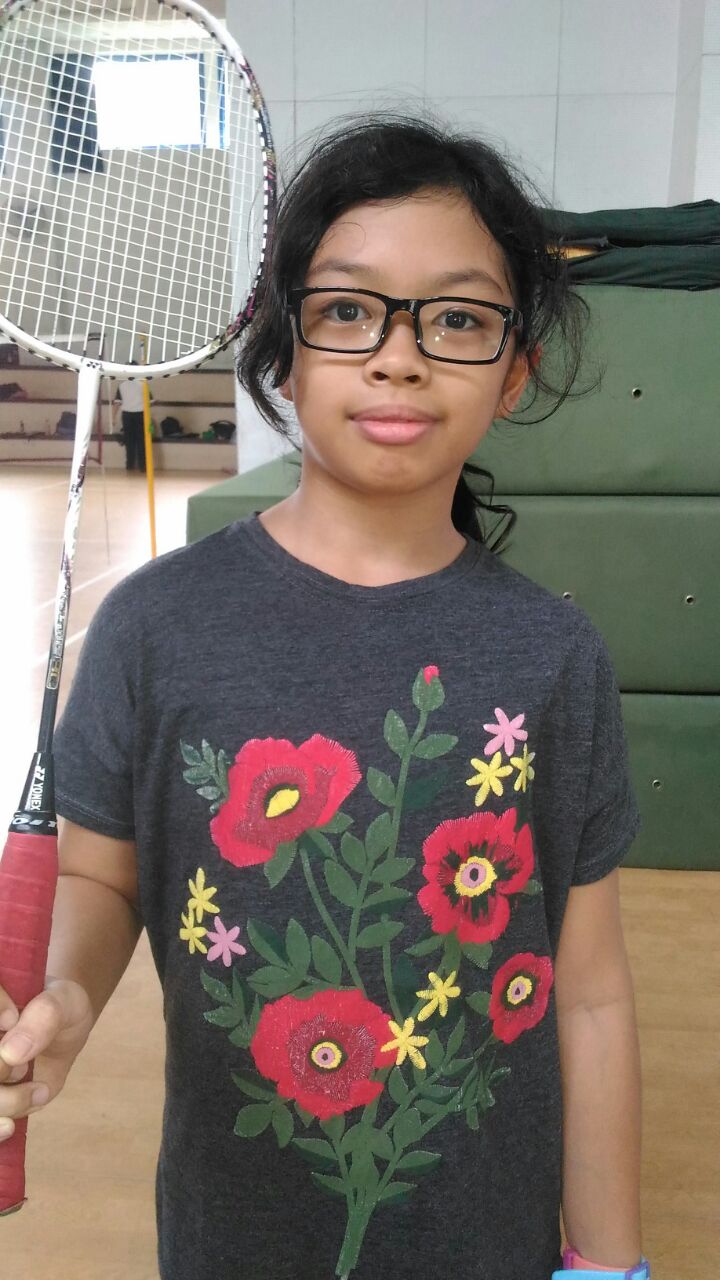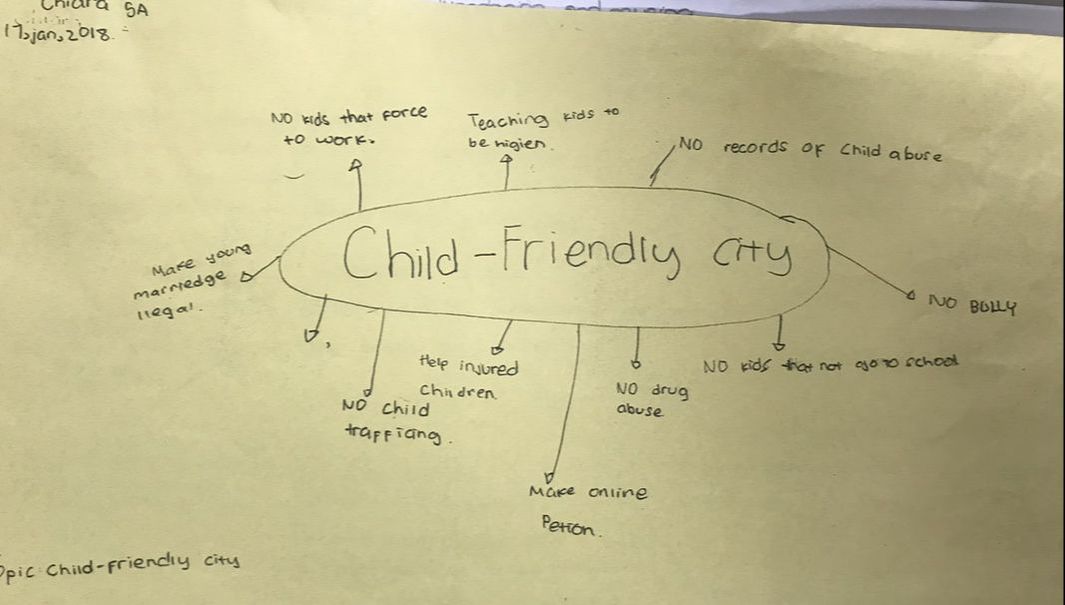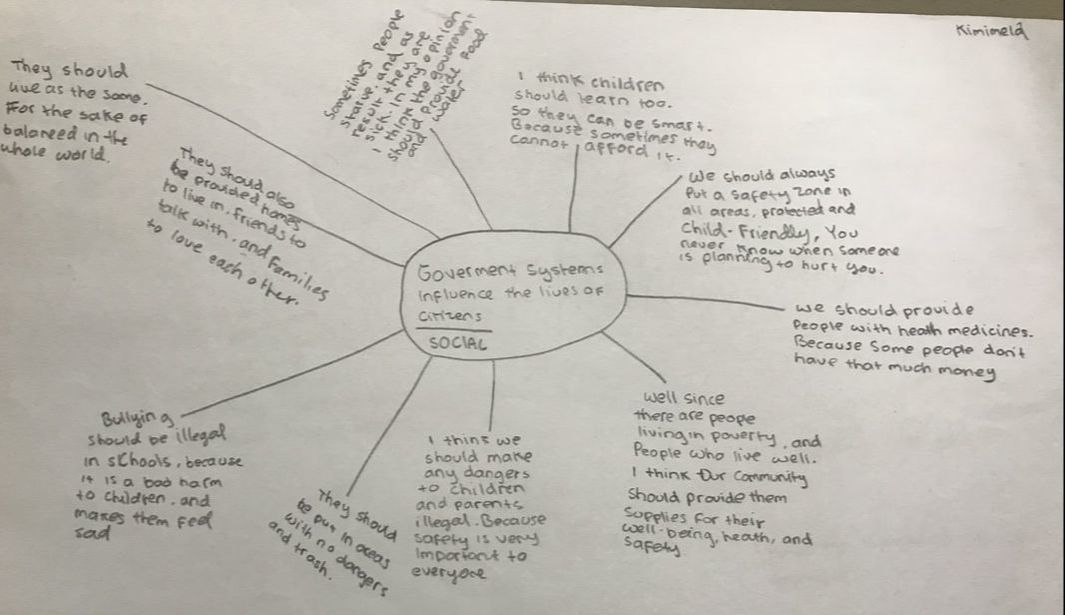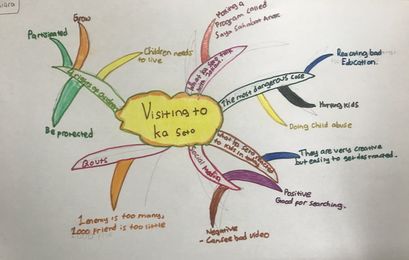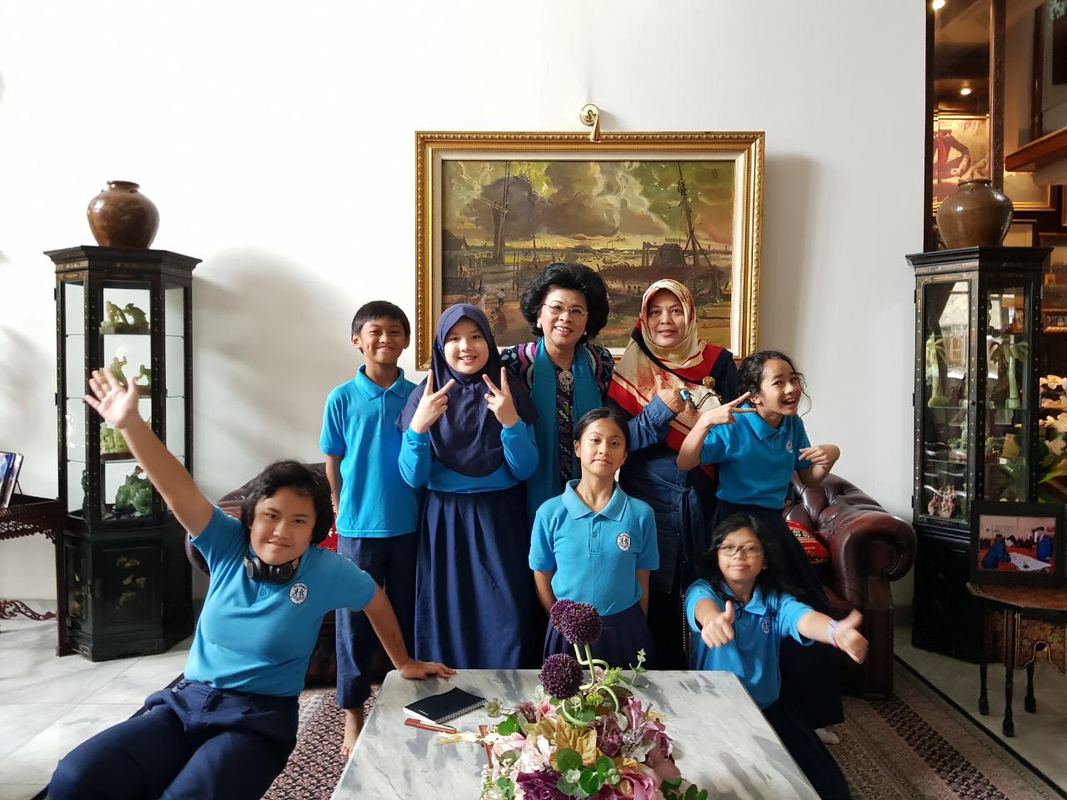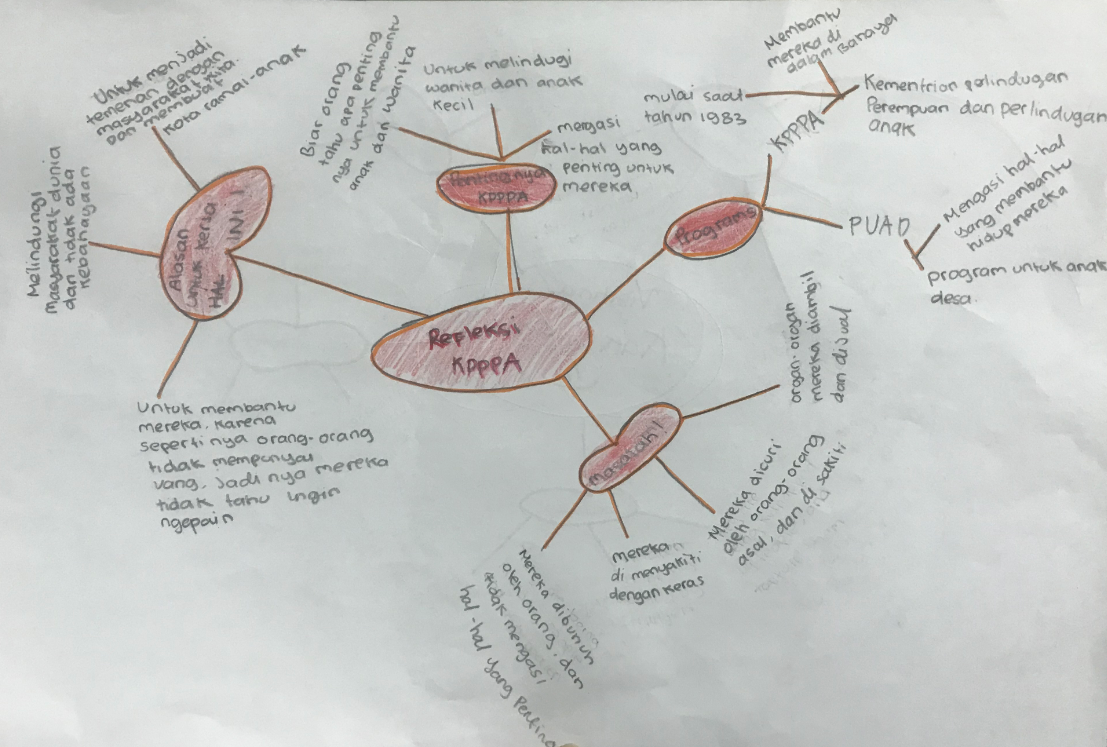Child-friendly city
MentorS
Students
Central idea
"Government systems influence the lives of citizens"
Lines of inquiry
How government systems function
How decision-making practices reflect human rights
Impact of government on citizens
The rights and responsibilities of citizenship
How decision-making practices reflect human rights
Impact of government on citizens
The rights and responsibilities of citizenship
Related concepts
Equality, Citizenship, Governance, Law and Politics
THEME LINE
"We believe that children need to be protected from violence,abuse,abduction,exploitation and get better education"
1. exploring, wondering, and questioning
|
|
During the first week of our mentor meeting, we discussed and gathered opinions which related to our topic of interest, child-friendly city. We believe that child-friendly city could be related to its facility, crime level and access to education.
Moreover, to seek more information we came up with a few questions: 1. How can children survive in public area without adult supervision? 2. What are the government roles to protect and educate children? 3. How can we minimize the kidnapping issues? 4. How can communities be aware of social surroundings? 5. What happen if children experience child-abuse? |
2. RESEARCHING AND SEEKING INFORMATION
|
In order to seek more information related to the topic, we brainstormed and gathered several articles which discussed about:
1. "Surakarta pulls out all stops to earn child friendly city status" - Surakarta introduced policies supporting child welfare in its efforts to gain child-friendly city status - Surakarta provides shelter for kids living with HIV/AIDS and autism, also inclusive schools. - Surakarta banned smoking in public as well as cigarettes ad - Provide safe houses for children who are victims of violence and child park 2. "The problems of street children" - Equality in education 3. The role of Anies-Sandi in protecting children - The government has been urged to take an action towrds children problems in Jakarta 4. "KPPA: 400 child-friendly cities in 2018" KPPA plans to implement: - 400 child-friendly cities or Kota Layak Anak (KLA) in 2018 - Ruang Bermain Ramah Anak (RBRA) to five more provinces in 2018. - Program Puskesmas Ramah Anak - Program Sekolah Ramah Anak - Rute Aman dari dan ke Sekolah (RASS) |
3. COLLECTING DATA AND REPORTING FINDINGS
Field trip to lpaiFIELD TRIP TO KPP-PAI
FIELD TRIP TO IBU LINDA GUMELAR
FIELD TRIP TO BARESKRIM
|
We went to Lembaga Perlindungan Anak Indonesia (LPAI) to expand our knowledge about child-friendly city.
From our field trip to LPAI, we gained our knowledge by acquiring a few important information such as: 1. The roles of parents and social environment towards children's safety. 2. LPAI concerned about violence in children, child-abuse, and kidnapping. 3. Children are expected to inform police or neighbor if violence happens around them. 4. Child Protection Law that contains about the punishment of the people who do violence towards children. 5. LPAI work together with Kemensos to monitor and protect children in Indonesia. 6. RPTRA needs to improve their system in protecting children by providing a committee that responsible for RPTRA facility and security to avoid kidnapping. 7. Children are the weakest human being which lead them to become the target for kidnapping, violence, and child-abuse. 8. Parents are not allowed to educate children by doing violence acts. On our second field trip, we went to (Kementerian Pemberdayaan Perempuan dan Perlindungan Anak Republik Indonesia) KPPPA.
Reflection Trip to Ibu Linda Gumelar:
1. Ibu Linda Gumelar shared about her experience in being the government of woman and child care 2. Ibu Linda Gumelar explained her opinion about Indonesia's popularity and also what needs to be improved 3. Ibu Linda Gumelar shared the reasons why we need to help the chilren (victim) 4. Ibu Linda Gumelar has a goal to make all children in Indonesia safe 5. Ibu Linda Gumelar also mentioned about the reason why girls are more prone to child-abuse compare to boys. Reflection Trip to Bareskrim:
1. Bareskrim is a very important place to gather informations which are related to people and children. 2. Ibu Rita W shared about the important to stay safe from danger 3. We gathered information about cyberbully, sexual and physical abuse. 4. Students had a tour to the police office. 5. Students learnt about the concept "SMART" - S: safe - M: meeting - A: accepting - R: Reliable - T: tell |
4. Experimenting, and Playing with Possibilities
1. Fund Raising for Action2. COLLECTING DATA BY QUESTIONNAIRE
|
Preparation for action:
1. Students did a fund raising at the school for action. 2. Students spread questionnaires to people around Al-Jabr to collect data. Survey result:
Based on our survey, we found that most of the people around our community aware about child friendly city. Most of the participants mentioned that they never experience any abuse. However, they still think that Jakarta is not safe enough for children. At the end of the questionnaire, they suggest several ideas how to make Jakarta a safer city for children. |
5. Deepening understanding Through the Application of a Concept
|
ACTION TO SDN 6 JAGAKARSA
ACTION TO RPTRA
|
During our first action we went to SDN 6 Jagakarsa. We started our action by doing a role-play. Our audiences were students from 1st graders. We also did a presentation about our topic "Child Friendly City". After the presentation, there were questions and answers. Moreover, we also provided a challenge for the audiences by involving them in a Poster Contest. We then decided the winners and gave them the reward. Alhamdulillah, all participants enjoyed it.
Lastly, we put on one of the signage at the school. It says "Hubungi 110 Bila Dalam Bahaya" On our second action we went o RPTRA. Similar to the previous action, we did a role play and presentation as well. However, we did not do a contest since our audiences were older people - PKK Ladies. At the end of the action, we also put on signage at the area.
|
6. Reflection
During our Exhibition preparation, we learnt and gained a lot of new knowledge about Child Friendly City. We found out about the characteristics of Child Friendly City (facility, crime rate, and access to education). In addition, we also learnt about how to minimize crime rate in order to make Jakarta a safer city for children.
On our Exhibition Day, we will present a mock-up of Child Friendly City which include park, hospital, school, library, other facilities that support children.
On our Exhibition Day, we will present a mock-up of Child Friendly City which include park, hospital, school, library, other facilities that support children.

